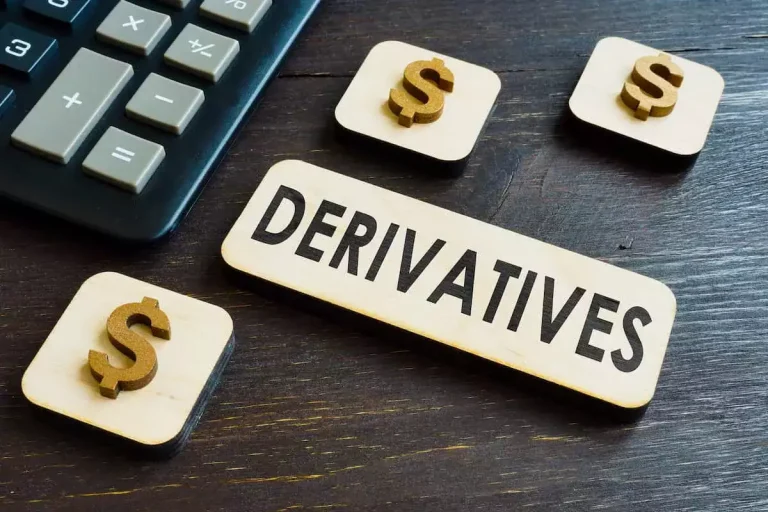The Role Of Regulatory Our Bodies In Shaping Blockchain Standards
In the absence of clear rules, market participants are left to their very own units to interpret and comply with a hodgepodge of guidelines that will or might not apply to their operations involving digital token. President Trump, who has vowed to make the U.S. the “crypto capital of the world,” is expected to sign the GENIUS Act into regulation quickly. It highlights a bipartisan consensus that digital property have moved past the fringe and are more and more seen as a part of mainstream finance.
- Native money issued in blockchains could have severe implications for financial policy and macroeconomics, and warrants a deeper evaluation that goes past the remit of this doc.
- three.- Regulation concerning interpretation of the “proper to be forgotten”, as the “tamper-proof” characteristic of blockchains “clashes” with said right, granted underneath European regulation to guard private knowledge.
- Setting up a blockchain network necessitates the careful consideration of assorted authorized features, corresponding to governance structure, liability allocation, and intellectual property rights.
- Regulatory frameworks targeting compliance, such as AML (anti-money laundering) and KYC (know your customer) protocols, will play a pivotal position in this strive.
- This model can mechanically choose the optimal chain based mostly on network congestion, stabilizing cross-border payment prices at beneath zero.5%.
On prime of those perennial points, there has been a proliferation of needs, together with service provider settlements, business-to-business funds, cross-border funds, retail remittances, and automated funds (for instance, from government). As a end result, demand has grown prior to now decade for more-responsive, real-time, low-cost, safe Blockchain Payments, and inclusive global payment options. Combine AI and Blockchain to drive innovation, enhance buyer assist with AI-driven assistants, and make the most of programmable stablecoins for smart contracts and transactions. The GENIUS Act, signed into legislation by President Trump on July 18, marks the first clear U.S. regulatory framework for stablecoins, prompting instant compliance moves from companies.

This might appear to replicate historical challenges of siloed proprietary networks, however mechanisms have been built that enable the migration of value across chains via so-called bridges (automated escrowing and reissuance of “wrapped” tokens on completely different blockchains). These allow the cost-effective and rapid transfer of worth by stablecoins to anybody on the earth with a web-based device. In addition, the creation of domestic cost systems (often distinctive to continents and even to individual markets) has led to many siloed techniques and proprietary networks, making true global integration of payments tough to achieve (Exhibit 2). 36 Tether holds a combine of reserves and since ~2020 has been effective at intently maintaining the USDT peg. However, in its earlier historical past USTD typically traded at a significant low cost to $1.00, partly due to challenges accessing traditional banking providers. In 2021, Tether paid a settlement to the US authorities related to misleading claims concerning the reserves backing USDT.
Blockchain expertise evolves rapidly, making it tough for regulators to stay current with every new growth. They should perceive and anticipate changes, a demanding task given the quick pace of innovation. This speedy development typically leads to regulatory frameworks lagging, leaving gaps that can be exploited. For instance, decentralized finance (DeFi) platforms usually introduce new features that present laws don’t cover, resulting in potential compliance issues. The Markets in Crypto-Assets Regulation (MiCA) is one other essential regulation underneath evaluate. MiCA goals to create a unified regulatory framework for crypto-assets across EU member states.
Access To Federal Banking System
By offering oversight, regulatory bodies purpose to foster innovation while safeguarding public pursuits. This balance is essential as blockchain functions expand within varied sectors, particularly in finance, healthcare, and legal https://www.xcritical.in/ providers. The involvement of regulatory bodies additionally instills confidence among buyers and consumers.
Client Safety
I look forwarding to enacting the GENIUS act into regulation, and to working with my colleagues to move the CLARITY act through the Senate in brief order,” acknowledged Senator Bill Hagerty (R-TN). “I’m very happy to see the House continue to advance its strategy to a clear market structure for digital assets. I sit up for continued work on this important objective with Chairs Hill and Thompson and my colleagues here in the Senate,” mentioned Chairman John Boozman (R-AR). A registered public accounting firm must audit the annual monetary assertion, and the audit should comply with all relevant requirements set by the Public Company Accounting Oversight Board. These audited financial statements must even be made publicly out there on the PPSI’s website and submitted yearly to the PPSI’s major federal fee stablecoin regulator. Past the core issuer framework, the GENIUS Act addresses a quantity of ancillary issues which were scorching topics within the digital asset regulatory debate.
Dodda’s structure removes the dependency on centralized establishments for belief and oversight automating the verification and storage of regulatory information at the infrastructure stage. Furthermore, the framework supports zero-knowledge proofs and permissioned blockchain fashions, permitting delicate monetary data to be validated with out disclosing the underlying data. Most compliance techniques at present are susceptible to delayed reporting, human error, and incomplete information trails as a end result of they’re heavily reliant on handbook verification, periodic audits, and centralized databases. In addition to rising the operational burden on monetary institutions, these shortcomings also expose the system to data manipulation, sanctions evasion, and fraud. The governance structure of a blockchain community exerts a substantial affect on its legal elements. It serves as the inspiration for addressing conflicts and setting forth pointers and rules throughout the Exchange (organized market) community.
Navigating Geopolitical Tensions: How Semiconductor Cios Are Managing It Risks
How financial establishments could take part in the stablecoin infrastructure is prone to be determined by their dimension and segment of focus. For example, top-tier banks with existing large funds flows are already innovating with stablecoins to defend their current positions. Tier-two banks will likely collaborate via consortiums to attain scale with a typical stablecoin while retaining their deposits. Regional banks, credit score unions, and different financial institutions will likely look to large-scale technology-stack providers similar to Fiserv, FIS, or Velera to supply a common solution. Conversely, the adoption case for a stablecoin issued by a single financial institution just isn’t robust and is challenged further by the fragmentation this may create in the digital ecosystem. Despite such enhancements in accessibility, some payment transaction costs stay, together with for danger and compliance.

Refined social engineering efforts have created notable vulnerabilities (for instance, compromised passwords), while establishments should also look after bad-actor danger with applicable corporate governance. On-chain analytics have superior from basic transaction monitoring to extra refined behavioral and threat evaluation. Corporations such as Chainalysis, Elliptic, and TRM Labs provide real-time transaction surveillance, wallet attribution, and AML screening tools for use by regulators, law enforcement, and financial establishments.
Regulatory our bodies must decide how present legal frameworks apply to sensible contracts, addressing issues similar to legal responsibility, enforceability, and compliance. The decentralized nature complicates jurisdictional issues, compelling regulators to undertake flexible approaches that accommodate innovation while safeguarding user rights. The ongoing proliferation of latest applied sciences brings with it new dangers for financial institutions.
Federal regulators may have one yr after enactment to promulgate regulations by way of discover and remark rulemaking. Thereafter, in March 2025, President Trump issued a further Govt Order (“Establishment Of The Strategic Bitcoin Reserve and United States Digital Asset Stockpile”), which establishes a US Strategic Bitcoin Reserve, capitalised with bitcoins seized in US legal proceedings. The US Treasury and Commerce Departments are also directed to develop “budget-neutral” strategies for acquiring further bitcoin, offered they impose no incremental costs on US taxpayers.
